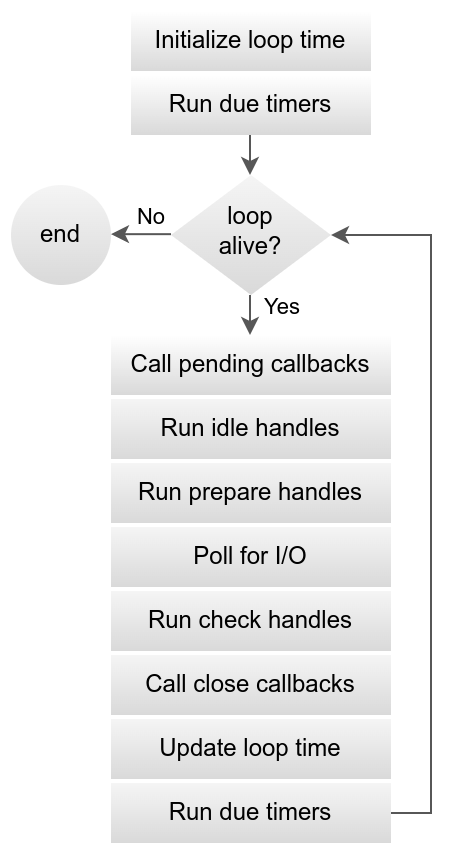Multiplex on file descriptor
一、Unix philosophy-everything is a file descriptor-is a good abstraction
Linux-OS支持:
1、signal to file descriptor / self-pipe trick
2、eventfd
3、time to fd
4、network IO
5、file IO
二、Linux-OS的IO multiplexing其实是一种监控机制,用于监控event
1、利用"支持设置timeout(system call with timeout)"的特性,可以同时实现Multiplex on file event and time event
2、同时实现Multiplex on file and time event的实现往往只需要single thread即可
关于此,在把voidcn redis源码的linux网络库提取出来,自己封装成通用库使用(★firecat推荐★) 中有这样的介绍
Redis网络库是一个单线程EPOLL模型,也就是说接收连接和处理读写请求包括**定时器任务**都被这一个线程包揽,真的是又当爹又当妈,但是效率一定比多线程差吗?不见得。
单线程的好处有:
1:避免线程切换带来的上下文切换开销。
2:单线程避免了锁的争用。
3:对于一个内存型数据库,如果不考虑数据持久化,也就是读写物理磁盘,不会有阻塞操作,内存操作是非常快的。
三、上述策略是当今大多数Linux-OS event-driven concurrent server的event/main loop的实现方式
下面是使用了这个特性的library:
libevent
The libevent API provides a mechanism to execute a callback function when a specific event occurs on a file descriptor or after a timeout has been reached. Furthermore, libevent also support callbacks due to signals or regular timeouts.
Redis ae
参见工程"decompose-redis"的Event-library章节
libuv
下面是 libuv Design overview¶ # The I/O loop¶ 总结的:
The I/O (or event) loop is the central part of libuv. It establishes the content for all I/O operations, and it’s meant to be tied to a single thread. One can run multiple event loops as long as each runs in a different thread. The libuv event loop (or any other API involving the loop or handles, for that matter) is not thread-safe except where stated otherwise.
In order to better understand how the event loop operates, the following diagram illustrates all stages of a loop iteration:
